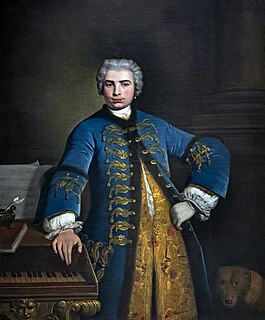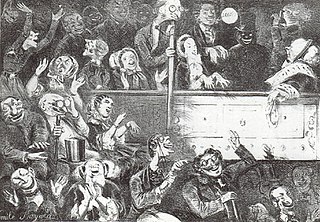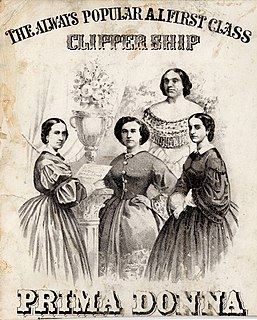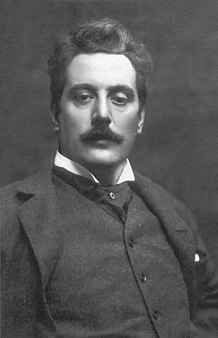 W
WIn music, an aria is a self-contained piece for one voice, with or without instrumental or orchestral accompaniment, normally part of a larger work. An aria is a formal musical composition unlike its counterpart, the recitative.
 W
WIn music, a cadenza is, generically, an improvised or written-out ornamental passage played or sung by a soloist or soloists, usually in a "free" rhythmic style, and often allowing virtuosic display. During this time the accompaniment will rest, or sustain a note or chord. Thus an improvised cadenza is indicated in written notation by a fermata in all parts. A cadenza will usually occur over the final or penultimate note in a piece, the lead-in or over the final or penultimate note in an important subsection of a piece. It can also be found before a final coda or ritornello.
 W
WCavatina is a musical term, originally meaning a short song of simple character, without a second strain or any repetition of the air. It is now frequently applied to any simple, melodious air, as distinguished from brilliant arias or recitatives, many of which are part of a larger movement or scena in oratorio or opera.
 W
WColoratura is an elaborate melody with runs, trills, wide leaps, or similar virtuoso-like material, or a passage of such music. Operatic roles in which such music plays a prominent part, and singers of these roles, are also called coloratura. Its instrumental equivalent is ornamentation.
 W
WA diva is the Latin word for a goddess and can also refer to a celebrated female singer; a woman of outstanding talent in the world of opera, and by extension in theatre, cinema and popular music. If referring to an actress the meaning of diva is closely related to that of prima donna. Diva can also refer to a woman, especially one in show business, with a reputation for being temperamental or demanding.
 W
WA libretto is the text used in, or intended for, an extended musical work such as an opera, operetta, masque, oratorio, cantata or musical. The term libretto is also sometimes used to refer to the text of major liturgical works, such as the Mass, requiem and sacred cantata, or the story line of a ballet.
 W
WMaestro is an honorific title of respect. The term is most commonly used in the context of Western classical music and opera, in line with the ubiquitous use of Italian musical terms.
 W
WOpera seria is an Italian musical term which refers to the noble and "serious" style of Italian opera that predominated in Europe from the 1710s to about 1770. The term itself was rarely used at the time and only attained common usage once opera seria was becoming unfashionable and beginning to be viewed as something of a historical genre. The popular rival to opera seria was opera buffa, the 'comic' opera that took its cue from the improvisatory commedia dell'arte.
 W
WOperetta is a form of theatre and a genre of light opera. It includes spoken dialogue, songs, and dances. It is lighter than opera in terms of its music, orchestral size, length of the work, and at face value, subject matter. Apart from its shorter length, the operetta is usually of a light and amusing character. It sometimes also includes satirical commentaries.
 W
WIn opera or commedia dell'arte, a prima donna is the leading female singer in the company, the person to whom the prime roles would be given.
 W
WIn music, a serenade is a musical composition or performance delivered in honor of someone or something. Serenades are typically calm, light pieces of music. The term comes from the Italian word serenata, which itself derives from the Latin serenus. Sense influenced by Italian sera "evening," from Latin sera, fem. of serus "late."
 W
WIn opera, verismo was a post-Romantic operatic tradition associated with Italian composers such as Pietro Mascagni, Ruggero Leoncavallo, Umberto Giordano, Francesco Cilea and Giacomo Puccini. Verismo as an operatic genre had its origins in an Italian literary movement of the same name. This was in turn related to the international literary movement of naturalism as practised by Émile Zola and others. Like naturalism, the verismo literary movement sought to portray the world with greater realism. In so doing, Italian verismo authors such as Giovanni Verga wrote about subject matter, such as the lives of the poor, that had not generally been seen as a fit subject for literature.